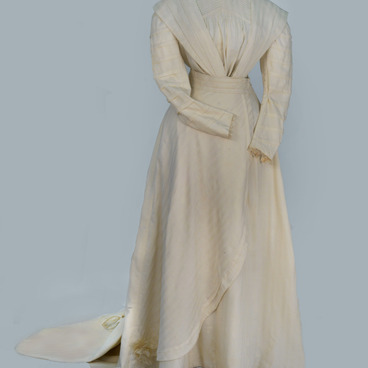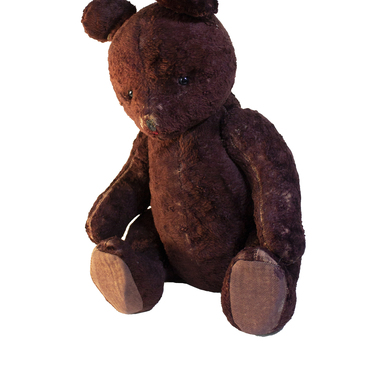The first pryaniki (traditional sweet baked goods, similar to gingerbread) appeared in Ancient Russia in the 9th century; people called it “honey bread”. Pryaniki were made of rye flour, honey, and berries juice, and honey amounted almost to half of the other ingredients. Later, various herbs and roots were added to the “honey bread”.
The Russian word “pryaniki” is derived from the word “pryanosti” which means spices. Merchants began to supply spices from India and the Middle East to Ancient Russia in the 7th–8th centuries. Gingerbread making became a widespread type of folk craft in the 17th–19th centuries. In different territories, pryaniki were baked according to their own recipes, and the secrets of making sweet bread were passed on from one generation to another. Artisans baking gingerbread were called “pryanishniki”, meaning “gingerbread men”.
There were three types of pryaniki in Russia divided in correspondence to production technologies. The molded pryaniki were molded of dough, as toys made of clay. The shaped pryaniki, also called cut-out or carved pryaniki, was made by means of a cardboard stencil or tin stripe. The shape of future baked goods was cut out of rolled dough. The stamped pryaniki were made by means of a wooden mold called “pryanitsa” that also created a design on the dough.
The wooden mold was specially processed so that dough did not stick on it. The edges of the mold were always flat. It helped the dough to come off the board easily and the design to stay clear.
Vasily Voronov, the peasant art researcher, wrote:
The Russian word “pryaniki” is derived from the word “pryanosti” which means spices. Merchants began to supply spices from India and the Middle East to Ancient Russia in the 7th–8th centuries. Gingerbread making became a widespread type of folk craft in the 17th–19th centuries. In different territories, pryaniki were baked according to their own recipes, and the secrets of making sweet bread were passed on from one generation to another. Artisans baking gingerbread were called “pryanishniki”, meaning “gingerbread men”.
There were three types of pryaniki in Russia divided in correspondence to production technologies. The molded pryaniki were molded of dough, as toys made of clay. The shaped pryaniki, also called cut-out or carved pryaniki, was made by means of a cardboard stencil or tin stripe. The shape of future baked goods was cut out of rolled dough. The stamped pryaniki were made by means of a wooden mold called “pryanitsa” that also created a design on the dough.
The wooden mold was specially processed so that dough did not stick on it. The edges of the mold were always flat. It helped the dough to come off the board easily and the design to stay clear.
Vasily Voronov, the peasant art researcher, wrote:



